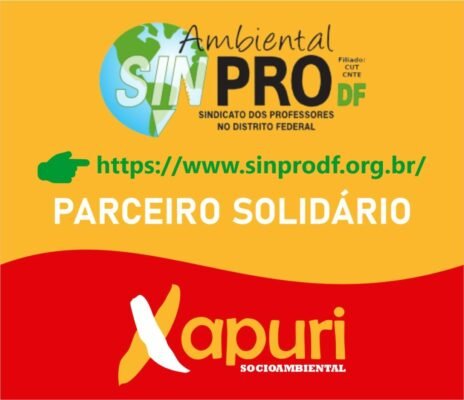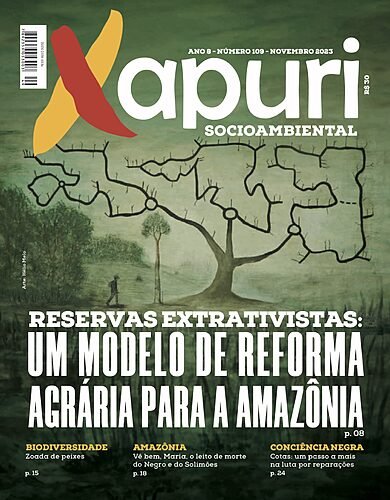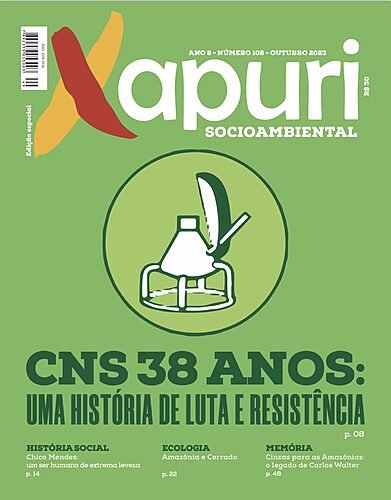A study conducted in Brasilia by the Brazilian government agricultural company Emprapa has identified several species of algae that may be cultivated and transformed into renewable fuel sources.
Along with fuel, the algae were found to have other possible applications such as animal feed and cosmetics. The study identified different species found in Brazil and took three years to be completed.
Used in the study to produce the algae were residues and byproducts of crop fertilizers such as palm oil mill effluent and fermented sugarcane.
According to Embrapa technicians, using these substances to produce fuel-producing algae should aggregate value to sugarcane and dendê production.
Productivity
Microalgae are microscopic single cell organisms that live in aquatic environments. They are not plants, but are capable of photosynthesis as well as absorbing carbon emissions. The algae reproduce extremely quickly which results in great deals of oil and biomass that may be used for fuel.
Productivity of these microalgae may be 10 to 100 times higher than that of traditional agricultural production. This fact has sparked interest among sectors that need great quantities of biofuel and raw materials.
According to Embrapa, there are already four companies in Brazil cultivating microalgae: two in the Northeast focusing on human and animal nutrition and two others in São Paulo’s countryside meeting the demands of the cosmetics and animal feed industries. No private sector company has yet to use microalgae to produce fuel, however.
Market
Studies have shown that algae can be used to reduce production costs and in Europe, there is a fleet of busses moved by biomethane, a refined biofuel, that circulate the continent. According the European Biofuels Board, Germany is the country that has so far most developed biofuel technologies, with 185 biofuel producing plants, followed by Sweden, with 61.
Cover photo: Embrapa / Vivian Chies




























